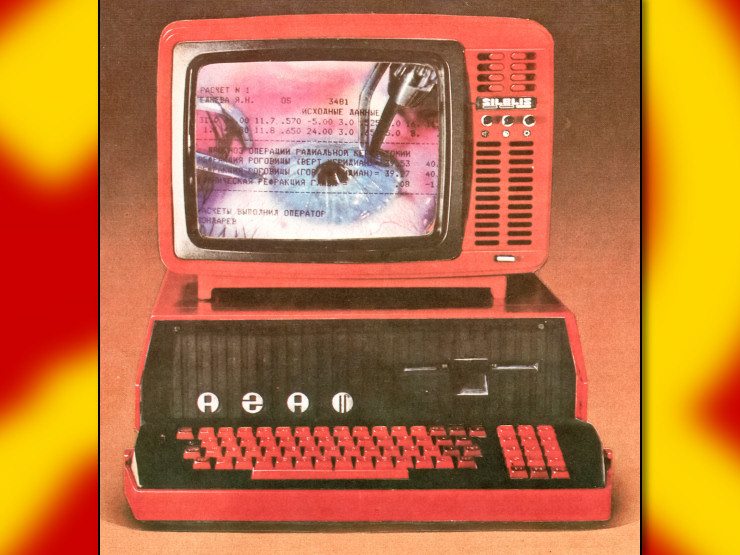Amateur radio, also known as ham radio, is a hobby where ordinary people communicate with one another using radio signals. Many sections of the radio spectrum, ranging from 1.8 MHz (160 meters) up to 241 GHz (1.2 milimeters) and beyond are allocated specifically for non-commercial use by licensed amateurs and defended jealously by an international alliance of hackers and geriatrics who would like to continue playing with their toys. Regulations vary from country to country, but are generally aligned to allow for international communication. In the United States, amateur radio operators are permitted to transmit using up to 1.5 kilowatts of power and there are no certification requirements for the equipment. This is 3000 times the amount of power used by a typical department store (FRS) walkie talkie, and 375 times the amount of power used by a legal, unmodified (lol) CB radio.
Radio communication is a broad discipline which contains a multitude of niches. Common forms of communication used by amateurs include 'continuous wave' pulses (used for Morse code), analog voice modulation (AM, Single Side Band, FM), and a plethora of digital modes including commercially developed systems like Motorola DMR, novel weak signal schemes like FT8, slow scan television, the Automatic Packet Reporting System, and many more.
The practical applications are just as varied, from casual ragchews, to organized check-ins, to RC aircraft and weather balloons, to people trying to collect QSO cards (confirmed 2-way contacts) like pokemon. VHF/UHF repeater networks are pretty common, with most amateur radio clubs operating one. These repeaters allow people with VHF/UHF radios to relay their signals off of radio towers / mountaintops and talk to people far beyond their line of sight. A handful of retired satellites have even been turned into UHF repeaters. Packet networks like APRS have pretty widespread coverage, and a handful of packet radio BBSes are still online. Weak signal HF communication has exploded in popularity over the years, while some opt for more esoteric challenges, like EME propagation.
On paper, frequency might seem like just a number, but the characteristics of radio propagation change drastically depending on the wavelength of the signal. For example, very high frequency (144 MHz / 2 meter) and above signals are typically only practical for line of sight communication, while high frequency (3.5 MHz / 80 meter through 28 MHz / 10 meter) signals are known to reflect off the ionosphere, reliably enabling intercontinental communication under the correct circumstances. This allows me to listen to Radio Havana Cuba from the NYC area on most nights.
There is a catch though. Transmitting powerful signals isn't as simple as turning a dial to an arbitrary frequency and clicking a microphone. The antenna system being used to produce the signal must resonate at that frequency. Whether the antenna is a whip, a dipole, a dish, or a yagi, it must be sized to a harmonic fraction of the wavelength being used. Otherwise, the antenna will reflect power back towards the transmitter instead of sending it out into the ether (this is bad). Once you understand this though, you can begin identifying the functional purpose of radio antennae just by looking at them. The length/diameter will tell you roughly what frequency it is designed to use, and the shape will indicate the shape of the radiation pattern. Likewise, radios themselves are specialized to operate within specific frequency ranges.
The demographics of the hobby generally lean towards boomers with disposable income, but not exclusively so. A $35 Baofeng is all it takes to start talking on local repeaters. None the less, the principles of radio communication are the bedrock foundation on which our modern technological society is built. Television and radio mass communication networks, cell phones and wireless internet, public service communication from air traffic to EMS to fire to pigs. Military operations, drones, signal intelligence, jamming. It all relies on radio, and it is a good idea for us to understand how these systems operate at a fundamental level. Amateur radio offers a pretty rich playground for us to investigate and experiment in this arena and develop skills in communication and intelligence gathering, which could potentially be applied towards pirate radio, mesh networking, and other not particularly legal forms of direct action.
Licensing exams are administered by volunteers, typically at a cost of $15, and the entire question pool is publicly available. It is possible to spend a couple days doing flashcards and take the test, then the license is good for 10 years with no other fees.
Finally, happy Cinco de Mayo. :meow-fiesta:
Announcements & Information
Megathreads and spaces to hang out:
❤️ Come listen to music with your fellow Hexbears in Cy.tube
🧡 Come talk in the New weekly queer thread
💛 Monthly Neurodiverse Megathread
Reminders:
💚 You can join specific comms to see posts about all sorts of topics
💙 Hexbear’s algorithm prioritizes comments and discussions over upbears
💜 Sorting by new makes your comrades happy
🌈 If you ever want to make your own megathread, you can go here
Links To Resources (Aid and Theory):
spoiler
Aid:
💙 Comprehensive list of resources for those in need of an abortion -- reddit link
💙 Resources for Palestine
Theory:
❤️ Foundations of Leninism
❤️ Anarchism and Other Essays
❤️ Mega upload with theory for many tendencies :::


I mean, pretty much any basic intro to anthropology textbook, which is where I learned about it as like a scientific concept. I think it's even mentioned offhand by Graeber, and on a lot of wiki articles. And pretty much any anthropology news article about capitalist encroachment on traditional indigenous cultures will mention how their ancestral lifestyles are being atomized.
When I have time later I might be able to findca book.